
HOW TO ADD KNITTED RIB TO CROCHET
About an 8 minute read
QUICK INTRODUCTION
After years of knitting and crocheting ribbing I have found that I actually prefer knitted ribbing because it’s faster for me to create. I know that lots of people feel this way too, so I wanted to provide some detail on the best ways to crochet onto knitted rib, knit off crocheted fabric (in the round and off row ends).
I love the mix of crochet and knitting and see no reason why the two cannot be combined in projects. You just need to make sure that the number of crocheted stitches for your fabric can be divided by two for a 1x1 knitted rib, or 4 for a 2x2 or 3x1 knitted rib.
IN THIS BLOG POST
- How to crochet onto knitted rib stitches
- How to knit ribbing onto crochet stitches
- How to knit ribbing across the end of crocheted rows
- Differences between 1x1 rib and 2x2 rib on double crochet rounds (sc in US terminology)
- Differences when needle size is reduced
- Differences between knitting 1x1 rib onto double crochet, half treble and treble row ends (sc, hdc and dc in US terminology)
- Differences between knitting 1x1 rib onto double crochet, half treble and treble row ends (sc, hdc and dc in US terminology) when needle sizes are changed.
- Differences in the number of stitches picked up across double crochet, half treble, treble (sc, hdc and dc in US terminology) for knitted 1x1 rib.
- Where to place your needle/hook for each of the above scenarios.
- My favoured needle size and stitch pick up ratios for all of the above.
I am not trying to do crochet down at all with this blog post. Crocheted ribbing works really well, but not for everyone.
If you have never attempted crocheted ribbing, take a look at this blog post from Michelle at Dora Does. She has created a directory of crocheted ribbed stitches.
There are three main ways to combine knitted rib on a crocheted project:
- Knitted ribbing first, then crocheting off the knitted rib stitches. This is most likely going to be done in the round (garments, socks, hats).
- Crocheted fabric first, then knitting rib off the crocheted stitches. This is most likely going to be done in the round (garments, socks, hats).
- Crocheted fabric in rows, joined to create a round piece, then knitted rib added to the crocheted row ends. This is most likely going to be added to garments with vertical rows and sleeves.
Let’s split these down and show you how to do each.
CROCHETING ONTO KNITTED RIB STITCHES
- With all 60 stitches on the circular needle and a crochet hook (size required for your project), loop the working yarn around your hook, keeping it tight.
- *Place the hook knitwise through the 1st stitch on the needle, yarn round hook and pull up a loop, slip the knitted stitch off the needle, yarn round hook, pull through both loops on hook. This makes a double crochet (sc in US terminology) onto the 1st stitch of the knitted rib round.
- Repeat from * until every knitted stitch is off the needle and a full round of 60 crocheted double crochet (sc) stitches has been made.
Note – even if your pattern doesn’t use double crochet, I would still use double crochet as this initial set-up round and then move onto whatever stitch the pattern calls for.

Sample 1
Left shows 1x1 knitted rib made with a 4mm circular needle, then crocheted onto with a 4mm hook. Right shows 1x1 knitted rib that was made with a 3.5mm circular needle, then crocheted onto with a 4mm hook.
KNITTING RIB ONTO CROCHETED STITCHES
- 1 double crochet into 1st stitch of rib round, remove hook and place needle through the yarn loop and tighten. This is your first picked up stitch. Alternatively you can do this on the last crocheted stitch of the round, but it will move your beginning of round 1 stitch to the right.
- Continuing with same working yarn, pick up and knit remaining crocheted stitches by placing needle under both loops of the v stitch, yarn over needle and pull it through.
- Place mark the beginning of round and work in whichever rib pattern you require that fits with the number of crocheted stitches.

Sample 2
Left shows an initial crocheted fabric made with a 4mm hook, then knitted onto with a 4mm circular needle and 2x2 rib.
Right shows an initial crocheted fabric made with a 4mm hook, then knitted onto with a 3.5mm circular needle and 2x2 rib.
KNITTING RIB ONTO DOUBLE CROCHET ROW ENDS
- Decide how many stitches you are going to pick up for each row end – see sample swatches.
- Pick up and knit along the crocheted row ends by placing needle through the row where there is an obvious gap and at least two strands of yarn will be trapped, yarn over needle and pull it through.
- Place mark the beginning of round and work in whichever rib pattern you require that fits with the number of crocheted stitches.

Left - 1 stitch for every row, 1x1 knitted rib with a 4mm hook
Right - 1 stitch for every row, 1x1 knitted rib with a 3.5mm hook at the bottom

Left - 1 stitch for every row, 2x2 knitted rib with a 4mm hook
Right - 1 stitch for every row, 2x2 knitted rib with a 3.5mm hook

Left - 1 stitch for every 2 rows, 1x1 knitted rib with a 4mm hook
Right - 1 stitch for every 2 rows, 1x1 knitted rib with a 3.5mm hook

Left - 1 stitch for every 2 rows, 2x2 knitted rib with a 4mm hook
Right - 1 stitch for every 2 rows, 2x2 knitted rib with a 3.5mm hook
KNITTING RIB INTO HALF TREBLE CROCHET ROW ENDS
The samples show 24 rows of half treble crochet joined to make a tube. Depending on the project you are making or effect required, you may want to use different needle sizes and pick up more or fewer row ends to knit.
- Decide how many stitches you are going to pick up for each row end – see sample swatches.
- Pick up and knit along the crocheted row ends by placing needle through the row where there is an obvious gap and at least two strands of yarn will be trapped, yarn over needle and pull it through.
- Place mark the beginning of round and work in whichever rib pattern you require that fits with the number of crocheted stitches.

Left - 3 stitches for every 2 rows, 1x1 knitted rib with a 4mm hook
Right - 3 stitches for every 2 rows, 1x1 knitted rib with a 3.5mm hook

Sample 8
Left - 1 stitch for every row, 2x2 knitted rib with a 4mm hook
Right - 1 st for every row, 2x2 knitted rib with a 3.5mm hook
KNITTING RIB INTO TREBLE CROCHET ROW ENDS
The samples show 22 rows of treble crochet joined to make a tube. Depending on the project you are making or effect required, you may want to use different needle sizes and pick up more or fewer row ends to knit.
- Decide how many stitches you are going to pick up for each row end – see sample swatches. ·
- Pick up and knit along the crocheted row ends by placing needle through the row where there is an obvious gap and at least two strands of yarn will be trapped, yarn over needle and pull it through.
- Place mark the beginning of round and work in whichever rib pattern you require that fits with the number of crocheted stitches.

Left - 4 stitches for every 2 rows, 1x1 knitted rib with a 4mm hook
Right - 4 stitches for every 2 rows, 1x1 knitted rib with a 3.5mm hook

Left - 3 sts for every 2 rows, 1x1 knitted rib with a 4mm hook
Right - 3 sts for every 2 rows, 1x1 knitted rib with a 3.5mm hook
WHAT NEEDLE SIZE TO USE
All of the samples were made using a DK weight pure wool (220m/240yds per 100g). All of the crocheting was done with a 4mm (G/6) hook.
Regardless of whether I was crocheting onto knitted rib or knitting rib off of crochet, I much preferred the look of the rib that was knitted when I used the same needle size as my hook.
Whether I was working 1x1 or 2x2 rib (I even tested a little 3x1 rib) it always looked better with a 4mm hook and was easier to knit/crochet off of because I wasn’t working against the fabric.
There may be projects that require a quick tightening of the fabric, something like puffed sleeves, in which case using a smaller needle size will definitely help to create that look.
NOTE - As a side note, my tension changed ever so slightly when I crocheted off the 3.5mm rib. My stitches were tighter. This isn’t a big issue if you are making a small piece. However, if you are making a bottom up jumper in a larger size, that change in tension will potentially make a difference to your finished piece.
WHERE TO PICK UP STITCHES IN CROCHET ROW ENDS
In the following samples given for working into crocheted row ends, I have shown lots of different stitch ratios. These photos show roughly where I placed my hook for each stitch ratio.
My favourites were:
- Double crochet – 1 stitch per row end
- Half treble crochet – 3 stitches for every 2 row ends
- Treble crochet – 2 stitches per row end






Phew, that was a lot of information. Hopefully you have all the details you need to tackle knitted ribbing for your crocheted projects.
The next blog post I am working on is all about crocheting with plant-based fibres, so keep a look out for that.
LET'S KEEP IN TOUCH
It would be lovely to hear from you on Instagram or Pinterest. I also have a monthly(ish) newsletter which you can sign up for below.
About Fay Dashper-Hughes

My name is Fay and I design crochet and knitwear patterns. I love proper woolly wool and showing crochet off for the beautiful, versatile craft that it actually is. Inspired by nature, architecture, Scottish landscapes and British wool.
Generally found in my happy place, my craft studio, affectionately known as The Hive.
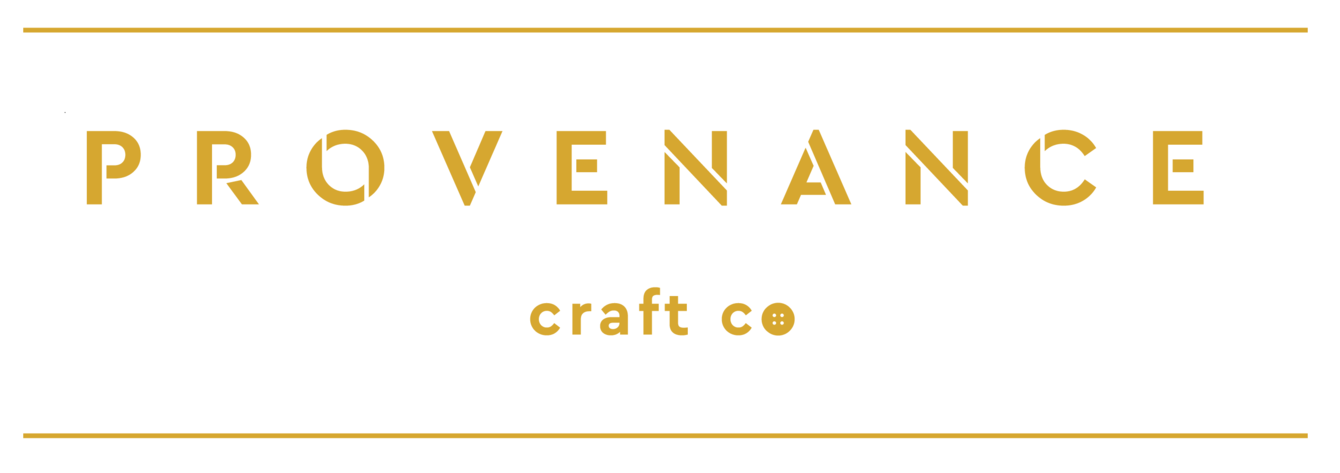




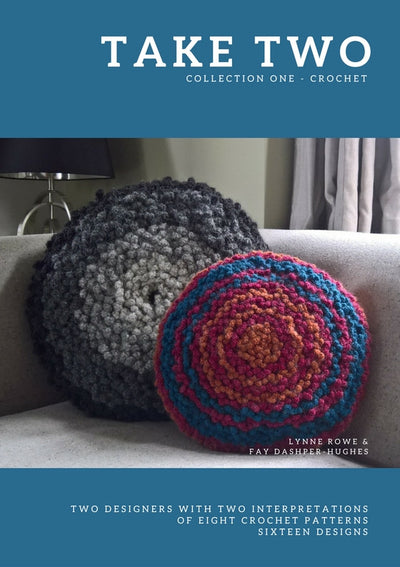
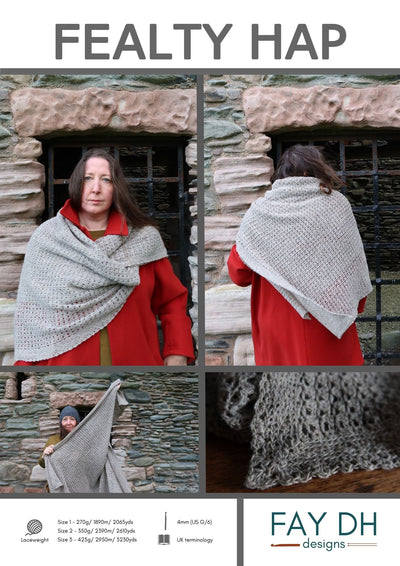
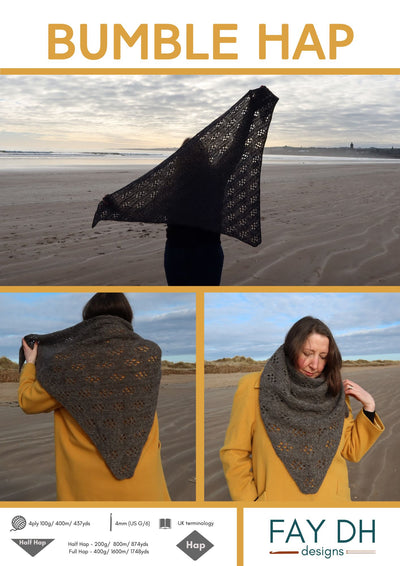
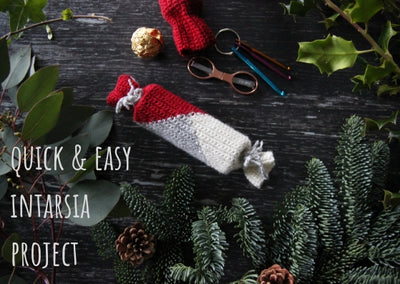
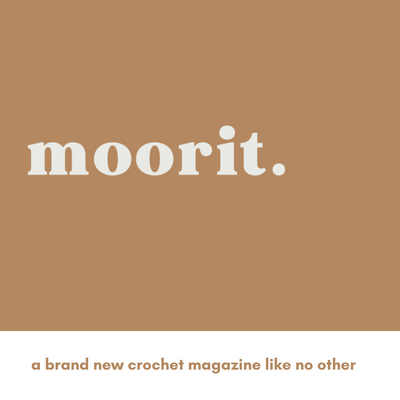
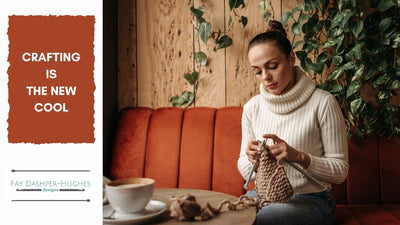
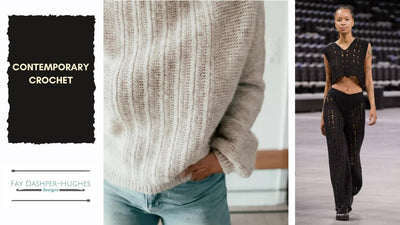
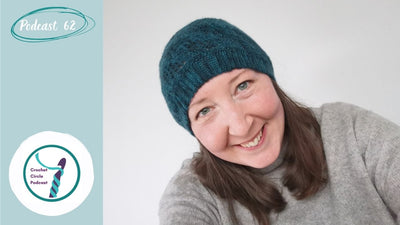
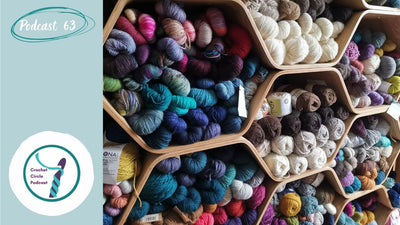
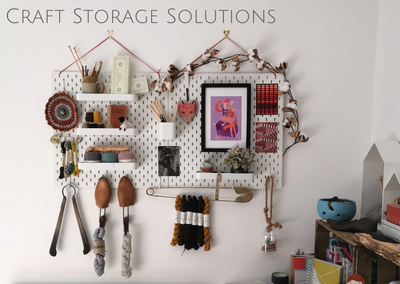
https://www.atar-almadinah.com/%D8%B4%D8%B1%D9%83%D8%A9-%D8%AA%D8%AE%D8%B2%D9%8A%D9%86-%D8%B9%D9%81%D8%B4-%D8%A8%D8%A7%D8%A8%D9%87%D8%A7.html
https://www.atar-almadinah.com/%D8%B4%D8%B1%D9%83%D8%A9-%D8%AA%D8%BA%D9%84%D9%8A%D9%81-%D8%A7%D9%84%D8%B9%D9%81%D8%B4-%D8%A8%D8%A7%D8%A8%D9%87%D8%A7.html
https://www.atar-almadinah.com/%D8%B4%D8%B1%D9%83%D8%A9-%D8%AA%D8%BA%D9%84%D9%8A%D9%81-%D8%A7%D8%AB%D8%A7%D8%AB-%D8%A8%D8%A7%D9%84%D8%B1%D9%8A%D8%A7%D8%B6.html
https://www.atar-almadinah.com/%D8%B4%D8%B1%D9%83%D8%A9-%D8%A7%D9%84%D8%B5%D9%81%D8%B1%D8%A7%D8%AA-%D9%84%D9%86%D9%82%D9%84-%D8%A7%D9%84%D8%B9%D9%81%D8%B4-%D8%A8%D8%A7%D9%84%D8%B1%D9%8A%D8%A7%D8%B6.html
https://www.atar-almadinah.com/%D8%B4%D8%B1%D9%83%D8%A9-%D9%86%D9%82%D9%84-%D8%B9%D9%81%D8%B4-%D8%A8%D8%A7%D8%AD%D8%AF-%D8%B1%D9%81%D9%8A%D8%AF%D8%A9.html
https://www.atar-almadinah.com/%D8%A7%D8%B1%D8%AE%D8%B5-%D8%B4%D8%B1%D9%83%D8%A7%D8%AA-%D9%86%D9%82%D9%84-%D8%B9%D9%81%D8%B4-%D8%A8%D9%8A%D9%86-%D8%A7%D9%84%D9%85%D8%AF%D9%86.html
شركة مكافحة حشرات بحائل وكذلك شركة كشف تسربات المياه بحائل وتنظيف خزانات وتنظيف الموكيت والسجاد والكنب والشقق والمنازل بحائل وتنظيف الخزانات بحائل وتنظيف المساجد بحائل شركة تنظيف بحائل تنظيف المسابح بحائل
https://jumperads.com/hail/anti-insects-company-hail.html شركة مكافحة حشرات بحائل
https://jumperads.com/hail/water-leaks-detection-company-hail.html شركة كشف تسربات بحائل
https://jumperads.com/hail/hail-company-surfaces.html شركة عزل اسطح بحائل
https://jumperads.com/hail/hail-company-sewage.html شركة تسليك مجاري بحائل
https://jumperads.com/hail/hail-cleaning-company-sofa.html شركة تنظيف كنب بحائل
https://jumperads.com/hail/hail-cleaning-company-mosques.html شركة تنظيف مساجد بحائل
https://jumperads.com/hail/hail-cleaning-company-Carpet.html شركة تنظيف سجاد بحائل
https://jumperads.com/hail/hail-cleaning-company-tanks.html شركة تنظيف خزانات بحائل
https://jumperads.com/hail/hail-cleaning-company-swimming-bath.html شركة تنظيف وصيانة مسابح بحائل
https://jumperads.com/hail/hail-cleaning-company-Furniture.html شركة تنظيف الاثاث بحائل
https://jumperads.com/hail/hail-cleaning-company-home.html شركة تنظيف شقق بحائل
https://jumperads.com/hail/hail-cleaning-company-Carpets.html شركة تنظيف موكيت بحائل
https://jumperads.com/hail/hail-cleaning-company.html شركة تنظيف مجالس بحائل
https://jumperads.com/hail/hail-cleaning-company-house.html شركة تنظيف منازل بحائل
https://jumperads.com/hail/hail-cleaning-company-curtains.html شركة تنظيف ستائر بحائل
https://jumperads.com/hail/hail-cleaning-company-Villas.html شركة تنظيف فلل بحائل
https://jumperads.com/hail/hail-company-tile.html شركة جلي بلاط بحائل
https://disqus.com/by/disqus_HFolYHnmNp/about/
https://myspace.com/mecca4
https://www.magcloud.com/account
https://sketchfab.com/Mecca4
https://www.hackerearth.com/mzza324/ https://www.gta5-mods.com/users/companies1111 https://triberr.com/Mecca4 https://www.custommagnums.com/members/mecca.172154/ https://audiomack.com/mecca-119 https://pastebin.com/u/Mecca112 https://profiles.delphiforums.com/n/pfx/profile.aspx?nav=profile&webtag=dfpprofile000&userId=1891257551 https://app.giveffect.com/users/1608514-mecca https://www.divephotoguide.com/user/Mecca4 https://letterboxd.com/companies1111/ https://www.mightycause.com/profile/bduhbf https://www.ted.com/profiles/49546578 https://lichess.org/account/profile https://www.indiegogo.com/individuals/38619585 https://talk.plesk.com/members/mecca.428242/#about https://hashnode.com/Mecca4
https://www.mobafire.com/profile/mecca-1199210?profilepage
https://myanimelist.net/profile/Yanbu
https://www.designspiration.com/mzza324/saves/
https://spinninrecords.com/profile
https://www.instructables.com/member/Mecca4/?cb=1751001772974
https://mastodon.social/@Mecca4
https://scioly.org/forums/memberlist.php?mode=viewprofile&u=158754
https://qiita.com/Mecca
https://www.ezistreet.com/profile/mecca/about
شركة كيان لنقل العفش بالرياض والمدينة المنورة وجدة ومكة والطائف والدمام تقديم لكم دليل كامل لشركات نقل العفش بالمملكة العربية السعودية
https://mycanadafitness.com/ شركة كيان لنقل العفش
https://mycanadafitness.com/forum.html منتدي نقل العفش
https://mycanadafitness.com/movingfurnitureriyadh.html شركة نقل اثاث بالرياض
https://mycanadafitness.com/movingfurniturejaddah.html شركة نقل اثاث بجدة
https://mycanadafitness.com/movingfurnituremecca.html شركة نقل اثاث بمكة
https://mycanadafitness.com/movingfurnituretaif.html شركة نقل اثاث بالطائف
https://mycanadafitness.com/movingfurnituremadina.html شركة نقل اثاث بالمدينة المنورة
https://mycanadafitness.com/movingfurnituredammam.html شركة نقل اثاث بالدمام
https://mycanadafitness.com/movingfurniturekhobar.html شركة نقل اثاث بالخبر
https://mycanadafitness.com/movingfurnituredhahran.html شركة نقل اثاث بالظهران
https://mycanadafitness.com/movingfurniturejubail.html شركة نقل اثاث بالجبيل
https://mycanadafitness.com/movingfurnitureqatif.html شركة نقل اثاث بالقطيف
https://mycanadafitness.com/movingfurnitureahsa.html شركة نقل اثاث بالاحساء
https://mycanadafitness.com/movingfurniturekharj.html شركة نقل اثاث بالخرج
https://mycanadafitness.com/movingfurniturekhamismushit.html شركة نقل اثاث بخميس مشيط
https://mycanadafitness.com/movingfurnitureabha.html شركة نقل اثاث بابها
https://mycanadafitness.com/movingfurniturenajran.html شركة نقل اثاث بنجران
https://mycanadafitness.com/movingfurniturejazan.html شركة نقل اثاث بجازان
https://mycanadafitness.com/movingfurnitureasir.html شركة نقل اثاث بعسير
https://mycanadafitness.com/movingfurniturehail.html شركة نقل اثاث بحائل
https://mycanadafitness.com/movingfurnitureqassim.html شركة نقل عفش بالقصيم
https://mycanadafitness.com/movingfurnitureyanbu.html شركة نقل اثاث بينبع
https://mycanadafitness.com/movingfurnitureburaidah.html شركة نقل عفش ببريدة
https://mycanadafitness.com/movingfurniturehafralbatin.html شركة نقل عفش بحفر الباطن
https://mycanadafitness.com/movingfurniturerabigh.html شركة نقل عفش برابغ
https://mycanadafitness.com/movingfurnituretabuk.html شركة نقل عفش بتبوك
https://mycanadafitness.com/movingfurnitureasfan.html شركة نقل عفش بعسفان
https://mycanadafitness.com/movingfurnituresharora.html شركة نقل عفش بشرورة
https://mycanadafitness.com/companis-moving-riyadh.html شركات نقل العفش بالرياض
https://mycanadafitness.com/cars-moving-riyadh.html سيارات نقل العفش بالرياض
https://mycanadafitness.com/company-number-moving-riyadh.html ارقام شركات نقل العفش بالرياض
https://mycanadafitness.com/company-moving-jeddah.html شركات نقل العفش بجدة
https://mycanadafitness.com/price-moving-jeddah.html اسعار نقل العفش بجدة
https://mycanadafitness.com/company-moving-mecca.html شركات نقل العفش بمكة
https://sakr-eg.jimdosite.com/blog/shrk-nql-aafsh-bmk/
https://emc-mee.jimdosite.com/blog/moving-furniture-abha/
https://emc-mee.jimdosite.com/
https://emc-mee.jimdosite.com/blog/cleaning-jeddah/
https://emc-mee.jimdosite.com/my-services/
https://www.sbnation.com/users/mycanadafitness
https://sakr-eg.jimdosite.com/moving-furniture-jeddah/
https://seg7544.wixsite.com/my-site-1/post/%D8%B4%D8%B1%D9%83%D8%A9-%D9%86%D9%82%D9%84-%D9%88%D8%AA%D8%BA%D9%84%D9%8A%D9%81-%D8%B9%D9%81%D8%B4-%D8%A8%D8%A7%D8%A8%D9%87%D8%A7
https://seg7544.wixsite.com/my-site-1
https://companyservice33.weebly.com/blog1/8069015
https://companyservice33.weebly.com/blog1/1275122
https://companyservice33.weebly.com/blog1